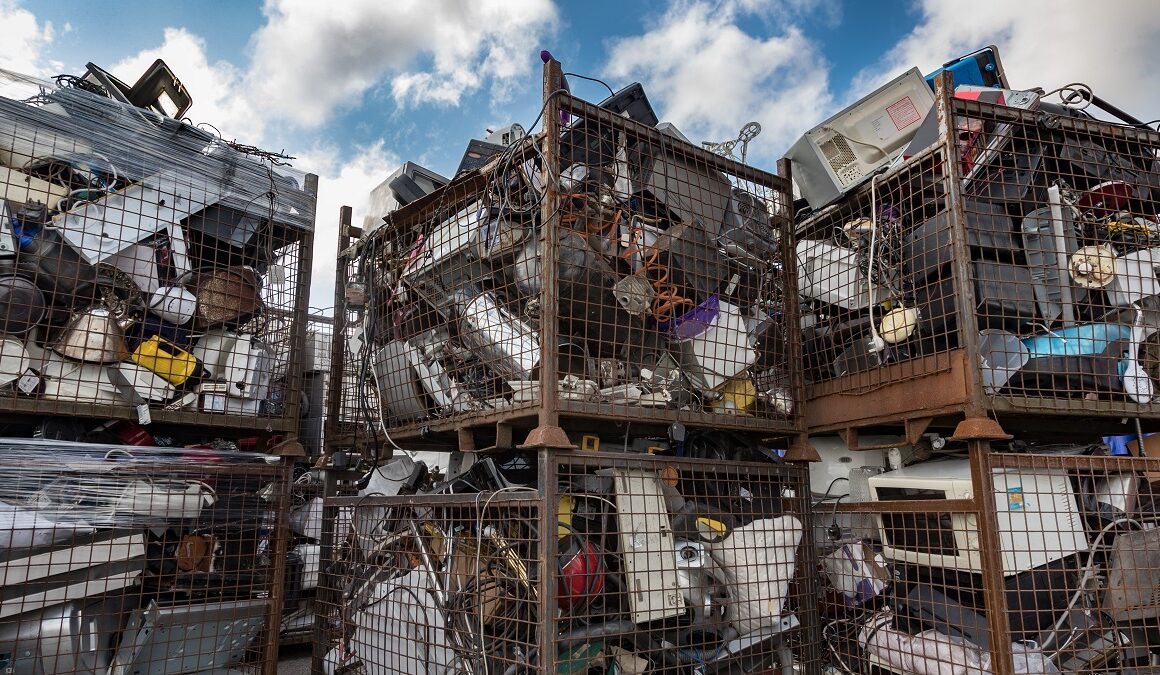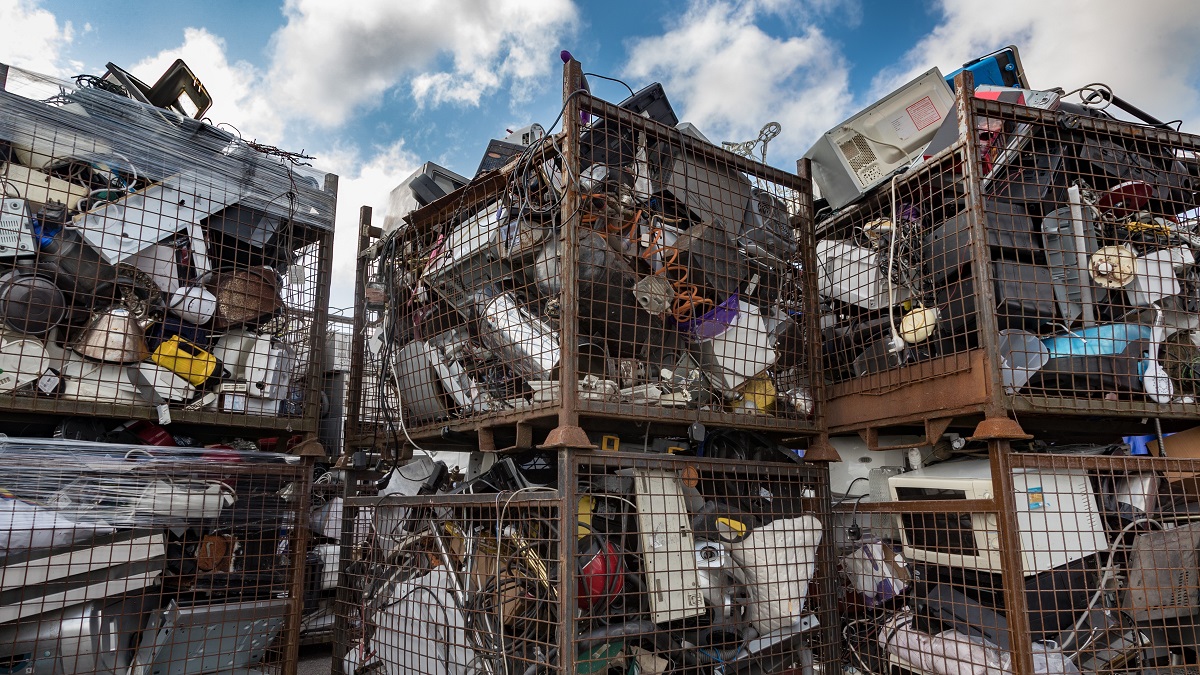A team of scientists led by the University of Colorado Boulder has identified 30 new areas critical for conserving biodiversity in the Southern Ocean surrounding Antarctica. In a study published Aug. 15 in the journal Conservation Biology, the researchers warn that without greater protection to limit human activities in these areas, native wildlife could face significant population declines.
“Many animals are only found in the Southern Ocean, and they all play an important role in its ecosystem,” said Cassandra Brooks, the paper’s senior author and associate professor in the Department of Environmental Studies and a fellow of the Institute of Arctic and Alpine Research at CU Boulder. “While Antarctica and the Southern Ocean feel really far away, they — and the life within them — are critical to the functioning of Earth systems,”
The Southern Ocean is home to many beloved animals like Adélie penguins, Weddell seals and humpback whales. Its remote location and harsh conditions — including frigid temperatures and extensive sea ice — have largely protected biodiversity in Antarctica and the Southern Ocean from human activities.
“Despite the planet being in the midst of a mass extinction, the Southern Ocean in Antarctica is one of the few places in the world that hasn’t had any known species go extinct,” said Sarah Becker, the paper’s first author and a doctoral student in the Department of Environmental Studies.
But as climate change warms the planet and melts the sea ice, fishing and tourism in the region have increased. These human activities not only compete with wildlife for resources but could also cause stress, and introduce invasive species and diseases that native wildlife has little or no defense mechanisms against.
Becker, Brooks and their team set off to identify Key Biodiversity Areas (KBAs) in the Southern Ocean that species depend on for their populations to persist.
They used existing tracking data for 13 Antarctic and sub-Antarctic seabirds and seals — for example Adélie penguins, sooty albatrosses and southern elephant seals — and identified 30 KBAs across the Southern Ocean. These sites represent marine habitats that species travel to for foraging, breeding and migration.
Prior work in identifying conservation zones in the Southern Ocean at a large scale tended to group different species into a single dataset to look for areas important for multiple species. While this approach is a vital component of conservation planning, it can overlook some areas crucial for certain species due to their unique life stages and migration patterns, Becker said.
For example, the team found two large sites in the waters near Amanda Bay in East Antarctica that serve as key foraging grounds for many emperor penguins as they recover after breeding. The researchers also identified several sites in the waters near Campbell Island South of New Zealand where a breeding population of endangered grey-headed albatross forage. Other similar large-scale conservation designation efforts, such as Important Bird Areas or Ecologically and Biologically Significant Areas, had not flagged these sites as priorities.
“Our study bridges the gap between the broad-scale perspective and the specific needs of individual populations, adding an important layer of detail,” Becker said.
The researchers hope international bodies and governments will consider these findings when developing conservation strategies and determining areas where fishing should be restricted.
“By reducing fishing or tourism interactions in these key biodiversity areas, we can potentially give these animals the best chance of adapting and becoming resilient to climate change,” said Brooks, who is also a fellow of CU Boulder’s Institute of Arctic and Alpine Research.
The Southern Ocean is one of the most pivotal buffers of climate change. Its cold water captures 40% of human-generated carbon dioxide emissions around the world and 60-90% of the excess heat from climate change.
“Antarctica is far away, but what happens there doesn’t stop there,” Brooks said. “Wildfires here in Colorado are tied to what’s happening in the Southern Ocean. Through doing more to safeguard the Antarctic, we actually stand to create a more livable world for us all.”




Recent Comments